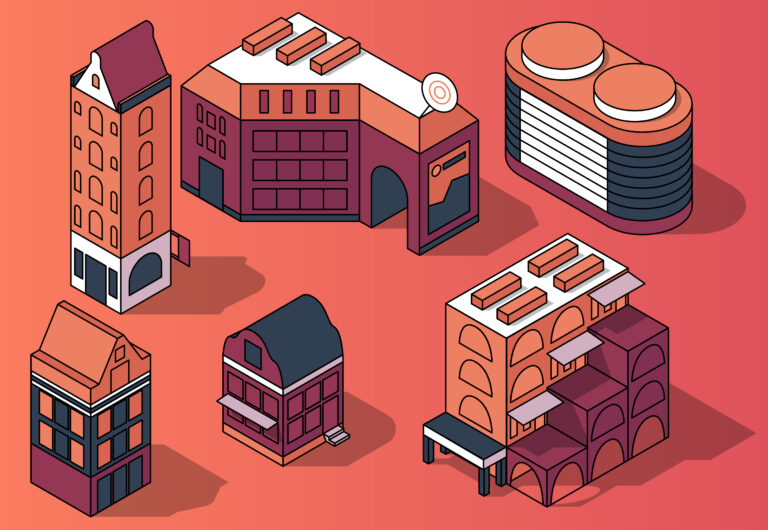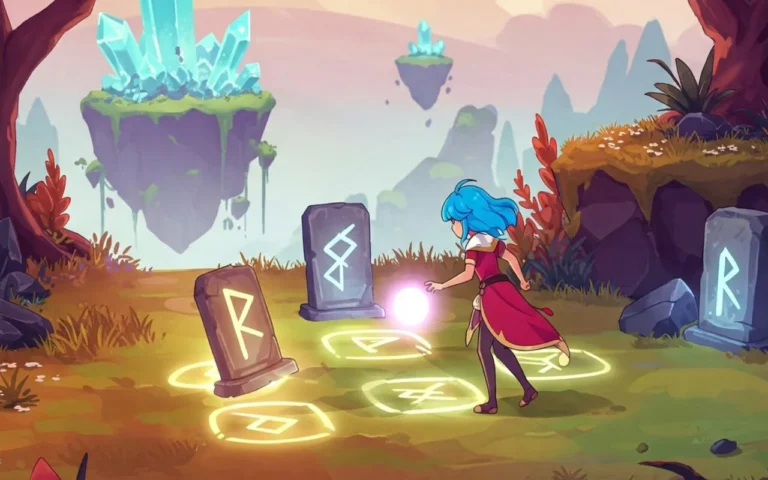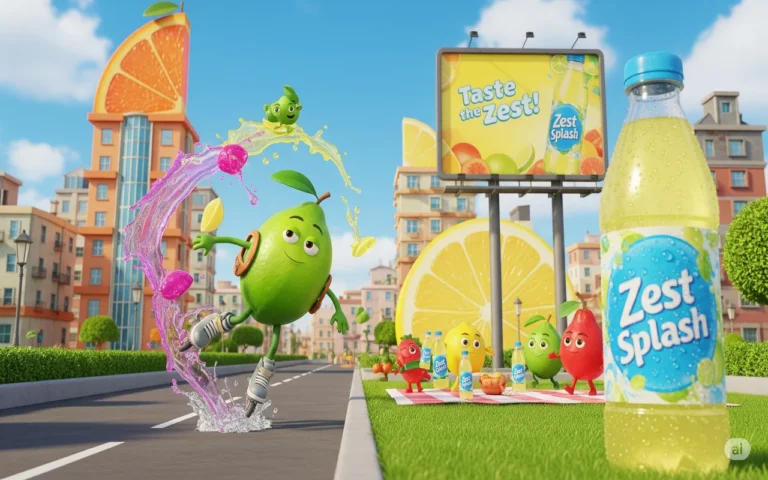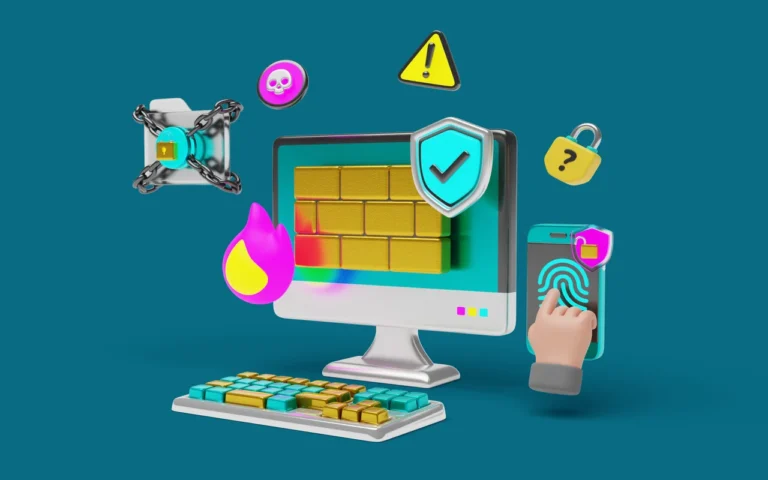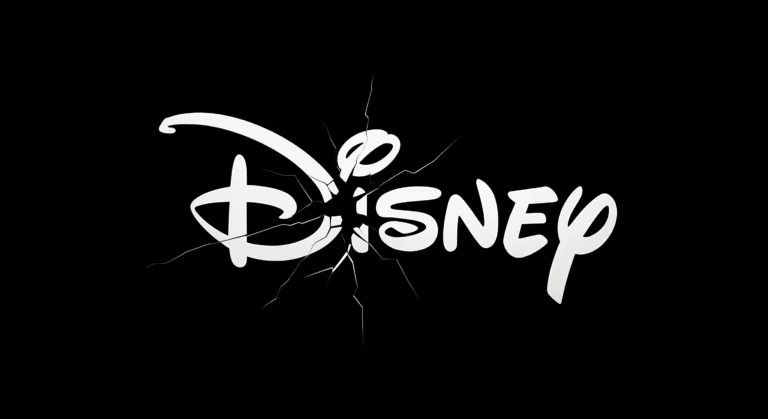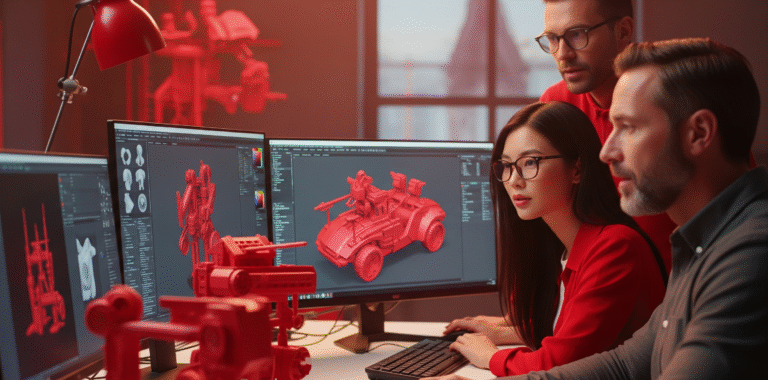If you are interested in art, animation and games in general, you have definitely heard the terms two-dimensional (2D) and three-dimensional (3D) numerous times. 2D and 3D are two distinct methods for creating artwork. Let’s use an analogy to understand the difference. We see the world around us in three dimensions. We can move either forward or backward (length), right or left (width), and up or down (height). Now imagine looking at a flat TV screen or a single page of a book, we only see two dimensions which are width and height since the TV and that single page do not have depth. In this article, we will cover how 2D and 3D art are created. Let’s dive right in.
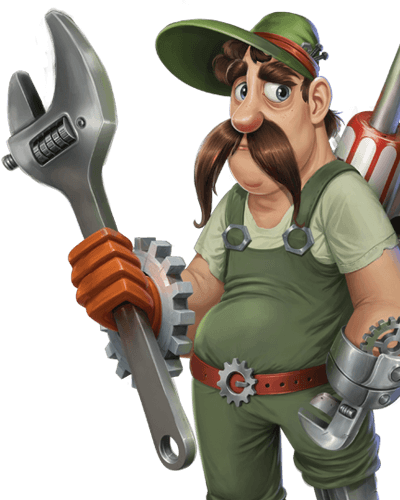
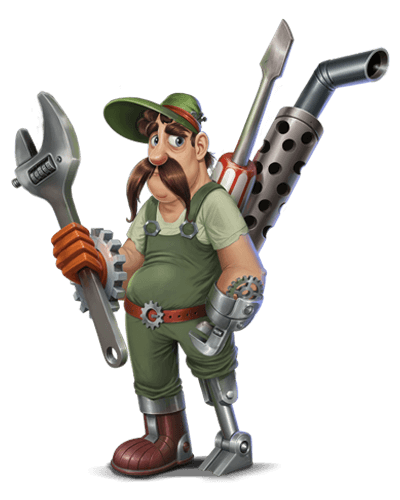
Need 2D Animation Services?
Visit our 2D Animation Service page to see how we can help bring your ideas to life!
How Are 2D and 3D Art Created?
2D art services can be drawn using physical material such as a pen on a flat plane like a piece of paper, a wall or a canvas within a 2D art software like Adobe Photoshop. 3D art, on the other hand, requires a third dimension which is the depth. We can create 3D art both in the real world, and with the help of computers. Physical sculptures are a form of 3D art created in the real world. 3D design software allows us to create 3D objects using the third dimension. 3D objects and characters are examples of 3D art that can be created and manipulated like a real-world sculpture but in software. Therefore, the existence of another dimension in creation of 3D art is essentially the differentiating factor when creating 3D and 2D art.
How Can You View 3D Art on Flat 2D Screens?
The idea of viewing 3D art on flat screens confuses many people when trying to distinguish between 2D and 3D art . In the case of 3D graphics, like all those toys and characters in a Toy Story movie, the first thing that we should bear in mind is that computers keep information about the location of all those objects in a 3D scene. This spatial information usually comes in the form of an (x, y, z) array which is essentially a list of objects’ positions in a coordinate system. Your 3D software knows where these objects are. What happens next is what virtual cameras do. They utilize complicated visual tricks and algorithms like perspective, ray casting, and render a final 2D image of all the 3D objects in a scene as if it is captured from the lens of a camera. Therefore, the final image we see on a monitor is essentially a 2D image created from objects and characters in a 3D scene.
2D vs. 3D Art in Visual Styles
With 2D art, a wider range of visual styles is possible. 2D art can be created using both physical material and software, thus the only limiting factor is the artist’s creativity. Hand-drawn art, pixel art, isometric art, cel-shaded art, monochromatic art and cutout art are just a few 2D art styles featured in games and animations.
3D art, on the other hand, excels in producing objects and characters with a realistic style and lighting. 3D software allows artists to use highly realistic and customizable lighting, material and shading features that have a high potential for achieving photorealism.
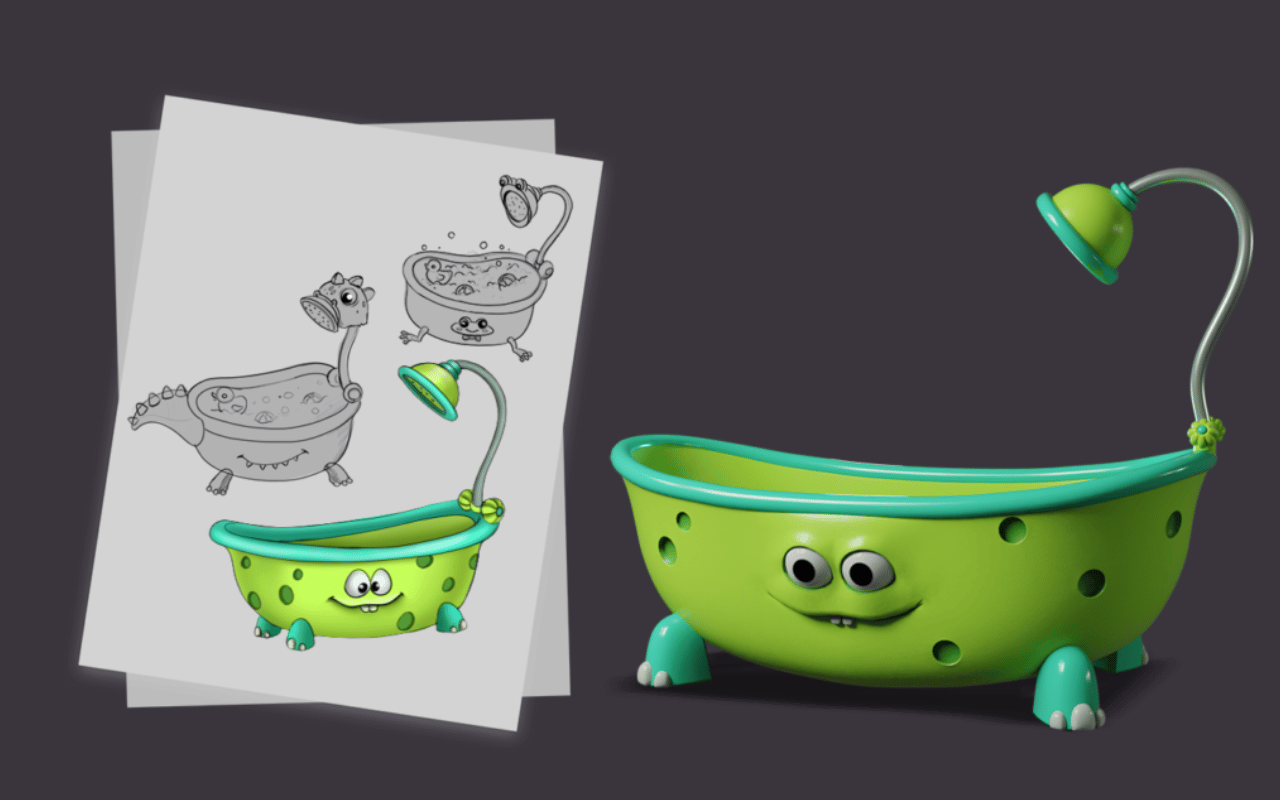
2D Art vs. 3D Art in Complexity
Although creating high-end hand-drawn 2D art requires decent drawing skills, the difficulty and complexity involved in creating 3D art is generally higher. Creating high-end 3D art requires expertise in various skills such as 3D modeling, sculpting, UV unwrapping, texturing, and lighting. Creating 2D art involves a less complicated software pipeline and specialized techniques. Furthermore, creating some 2D art styles such as pixel art and monochromatic art does not even require mastery in drawing. Even 2D cutout art, which is more similar to hand-drawn art, can be created using simple line tracing and painting techniques.
3D vs. 2D Art in Applications
2D and 3D art can be used in many different areas such as illustration, animation, gaming and advertisement. They are both used widely in the game industry. 2D art is more prevalent in mobile games and user interfaces, while 3D games are found more in console and high-end PC games. In the animation industry, 2D art is used more in cartoon TV series, web advertisements, and infographic videos, while 3D animation is a more popular choice in feature animation movies, animated series for kids, and the visual effects industry. When it comes to illustrations 2D art is used more. However, scientific and technical illustrations rely on 3D art.
2D vs. 3D Art Skills and Tools
2D Art
The most important skill required to create 2D art is good drawing skills for sure. Other than that, the ability to work efficiently with image editing software such as Adobe Photoshop and Getting comfortable with graphics tablets such as Wacom tablets is necessary for illustrators looking to enter 2D digital art. For aspiring 2D animators, learning animation software such as Adobe Animate and Toon Boom Harmony, as well as getting familiar with animation concepts such as keyframing and timelines. Knowing the 12 principles of animation is also an essential skill for all animators.
3D Art
Although having drawing skills is beneficial for a 3D artist, it is not required for creating 3D art. Computer generated 3D graphics are created by 3D modeling software packages such as Maya, Blender, 3ds Max, and Cinema 4d. Artists manipulate and form objects using various techniques such as modeling and sculpting. 3D modeling involves editing vertices, edges, and faces on a 3D model. These elements are usually selected and manipulated with mouse and keyboard. The ability to work with a mouse and keyboard, patience and willingness to spend a considerable amount of time behind the screen is key to becoming a successful 3D artist.
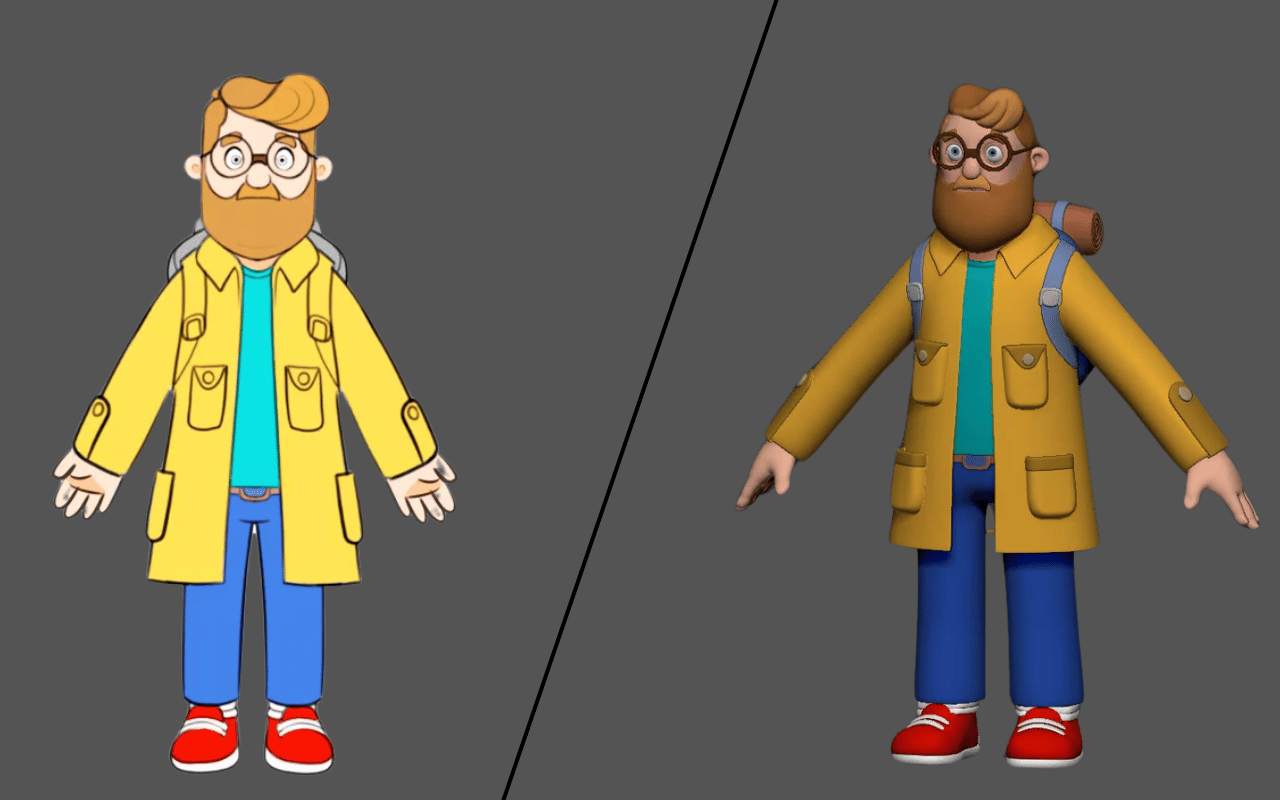
2D vs. 3D Art in Cost
When it comes to costs, 2D art is more cost-effective. Creating 2D art is generally less complex than 3D art. Unless a project is on a massive scale, most of the time, a single artist can create all the art required for a project, whether gaming or a short 2D animated video. The complexity of the project can also impact the overall cost. A well-crafted 2D animated video requires a team of artists with various skills to come to life.
3D art, on the other hand, is more costly. Even 3D art projects as simple as modeling a prop or character involve multiple stages carried out by various artists. The complexity and learning curve involved with each stage of creating 3D art contribute to the higher costs. For example, it is uncommon to find artists who excel in both modeling and sculpting within the 3D industry. 3D skills are highly specialized and a team of professionals is needed to complete projects with high quality. Therefore the costs are relatively higher than 2D art.
You May Also Enjoy: 2D Art & 3D Art Outsourcing Costs
Which Should You Choose? 2D or 3D art?
Deciding which art style to choose for your next project can be challenging. The visual style required for an animation project differs from that of a game project. 2D art is more classic and often appeals to low-budget projects like 2D games or animated TV series that are intended to be aired over multiple seasons. 2D art can achieve a broader visual style, whether your animated show has a serious, anime-like tone or is a comedy cartoon, 2D art can visually match your intent and create the feel you are looking for. 3D software, on the other hand, facilitates animation with handy rigging tools, virtual cameras, and navigable 3D scenes. These useful tools make it easier to accurately achieve realistic and dynamic movements in 3D compared to 2D.
However, for many studios, considering the 2D as well as 3D Art Outsourcing Cost is a key part of choosing between 2D and 3D. Since high-quality 3D assets often require more time, specialized skills, and complex workflows, outsourcing can significantly impact the overall production budget. Balancing artistic goals with financial feasibility becomes essential in the decision-making process.
To Sum Up
Creating 2D and 3D requires a fundamentally different approach. Producing 2D art on flat planes is more straightforward compared to 3D objects, however creating detailed and high-quality animations in 2D is sometimes more challenging than 3D. The existence of depth, which is considered the third dimension in 3D, facilitates many aspects of art creation but at the same time demands mastery of a broader range of skills. 3D art simplifies creating complicated movements without requiring the esoteric skill of visualizing actual physical movement and translating it on a flat canvas, as in 2D animation. However, it does require mastery of complicated 3D modeling software.
